The landlocked area of Malawi, in Africa, holds true to its culinary traditions of fresh seafood and corn used in a variety of ways. Discover some of the common dishes to the area.
By Reena Pastakia
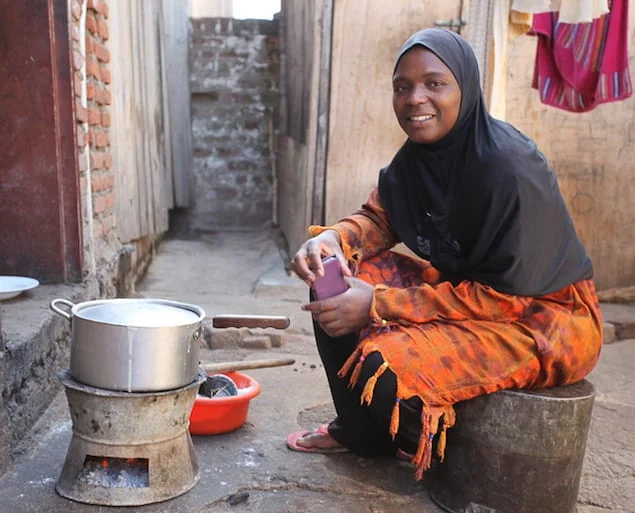
Mwanaisha Phiri (pictured) is a Malawian nurse and has shared her recipes for Nsima (the staple dish of Malawi) along with five of her other favourite dishes.
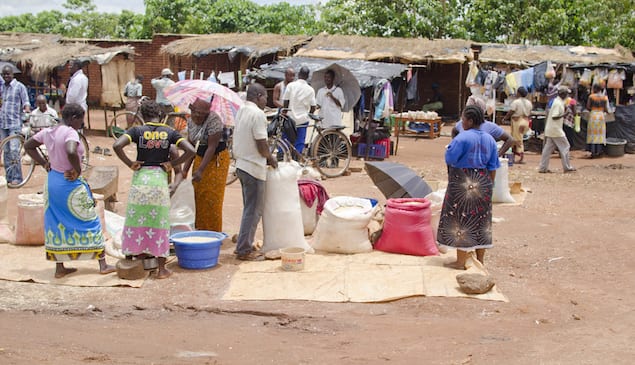 Brendan Howard / Shutterstock.com
Brendan Howard / Shutterstock.com
NSIMA
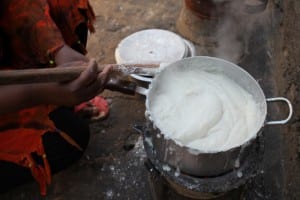
Nsima is the staple carbohydrate dish of Malawi. It is a thick starchy porridge made from corn, cassava or other starchy flour. There are actually two types of corn flours in Malawi:
- Ufa woyera – maize flour which has had the outer kernel shell and seed germ pounded off, leaving just the starchy part of the seed)
- Ufa wa m’gaiwa – the whole corn kernel.
The nsima porridge is formed into hamburger-size patties by scooping the porridge with a wet wooden spoon and flipping it onto a plate. The patty congeals in contact with the cool wet spoon and plate. Marble size pieces are broken off and rolled into a ball in the palm of the hand with the fingers. A final dimple is pressed into one side of it. It is then dipped in the sauce of vegetables or meat.
- 4 to 6 cups cornmeal, corn flour or ground maize (1 cup per serving is sufficient) and water.
- Pour cold water (2.5 cups for each cup of corn meal) into a large pot.
- Over high heat, begin to bring to a boil.
- After a few minutes, when the water is warm, slowly add the about half the cornmeal to the water one spoonful at a time, stirring continuously with a sturdy wooden spoon.
- Continue cooking (and stirring) until the mixture brings to boil & bubble.
- Reduce the heat to medium and cook for a a few minutes.
- Cooking the mixture over medium heat, add the remaining cornmeal, as before, a spoonful at a time as you continue to stir.
- It is essential to keep stirring. If making a large quantity, it may take one person to hold the pot and another to use two hands to stir.
- The nsima should be very thick (no liquid remaining) and smooth (no lumps).
- It may reach this point before all the remaining cornmeal is added to the pot or it may be necessary to add even more cornmeal than the recipe indicates. Once the desired consistency is reached, turn off the heat, cover the pot and allow the nsima to stand for a few minutes before serving.
- Serve nsima immediately, hot, with the ndiwa (relish) of your choice. With clean hands, tear bits of nsima off and use them to scoop up the ndiwa.
NDIWO
Ndiwo is a basic vegetable dish of chopped greens that is delicious when served beside the nsima above.
- 3 cups of chopped greens: Common green vegetable leaves: cassava leaves (Ntapasya or chigwada), sweet potato leaves (Ntoliro or Kholowa), bean leaves (Nkhwanya), pumpkin leaves (Mkhwani), Chinese cabbage, mustard leaves, kale leaves, cabbage
- 1 small onion, chopped
- 2 small tomatoes, chopped
- 1 tablespoon oil
- 1 cup water
- Salt to taste
- Sauté onions in oil until tender.
- Add the remaining ingredients, cover and simmer over medium heat for 5 minutes or until greens are tender.
- Serve with nsima or rice
MKHWANI with ground peanut flour
Another popular relish is mkhwani – pumpkin leaves. The leaves of the pumpkin vines are considered as good as the pumpkin itself and are ready to eat much sooner. This is an important consideration at the beginning of the harvest.
- 3 cups of pumpkin leaves, de-veined and chopped
- 3 medium tomatoes, chopped
- ½ cup of water
- 1 teaspoon salt
- ½ cup of ground nut flour (peanut flour)
- Bring water and salt to a boil in a saucepan
- Add the chopped leaves and simmer for 5 minutes
- Add tomatoes and groundnut flour, mix well and simmer for 5 minutes longer
- Serve with nsima or rice
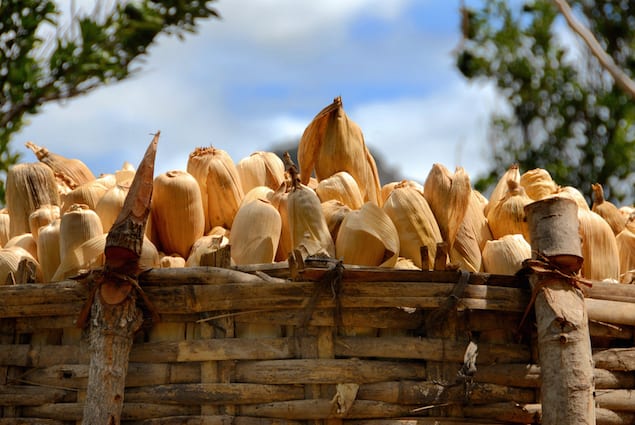 Shutterstock: africa924
Shutterstock: africa924
MGAIWA PHALA (porridge)
This dish is eaten for breakfast and is usually served sweetened with the addition of sugar.
- 3 cups of water
- 1 cup of mgaiwa (whole ground dry maize)
- ½ cup of milk
- Dash of salt
- Combine ingredients in a saucepan and cook over high heat stirring constantly to prevent lumps
- Bring to boil, reduce heat and cook covered for 15 minutes
RICE PHALA (Porridge)
This is another delicious variation on breakfast porridge, but it is made with rice instead of maize.
- 1 cup uncooked rice
- 2.5 cups water
- ½ teaspoon salt
- 1/3 cup milk
- 1 teaspoon margarine or butter
- Sugar to taste
- Dash of salt
- Bring water to a boil and add rice
- Reduce the heat, cover and simmer for 20 minutes
- Add the milk and margarine or butter, cover and cook until rice is tender and most of the liquid is absorbed
- Add sugar to taste.
MANDASI (Donuts)
These fried treats are commonly sold by women in the market or at the bus stations to earn a little extra income.
- 2 cups flour (all-purpose wheat flour)
- Pinch of salt
- 2 teaspoons of baking powder
- 2 tablespoons of sugar
- 1 beaten egg
- 1 cup of milk or water
- Oil for frying
- Mix the flour, salt, baking power in a bowl
- Add the sugar, egg and the milk or water. Beat until smooth
- Drop spoonfuls of the batter into hot oil and fry until golden brown, turning once
- Drain and enjoy with tea or a soft drink
Mwanaisha is a hard-working nurse committed to helping people with hearing loss. Sound Seekers will sponsor her through an Audiology MSc in the UK, starting in 2015, and continuing through her eighteen months’ clinical supervision until 2017







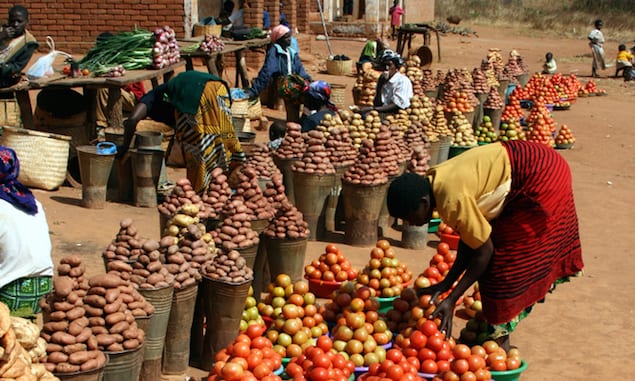
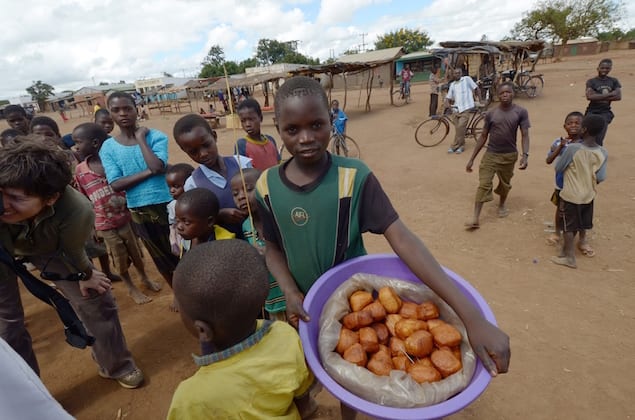







Ohhh, love these!
Such great website
Amazing blog thanks for sharing today on this blog
This is so helpful…I’ve always craved for local cuisine. Tikaphike basi….komatu mwaiwalapo chigumu!??
Thanks for the recipes! Do you think you can add one for beans too?
How many people does the ndiwo relish serve?
Ndio is any relish/dish that accompanies nsima NOT just vegetables. we do not cry out odi but we call out. lastly the left hand does not grip the right, it just escorts or accompanies…. thank you for your attention (if there was any)… we are a proud Malawian family.
Zikomo!
I’v learnt alot n cnt wait 4mo
Thank you for the recipes.My daughter and her family served as Missionaries in Malawi and I came to visit and really enjoyed your simple food.My grandchildren are working on a project and they want me to make some of the dishes for them to share at school.Thank you so much.
I love thee beautiful simplicity of these dishes!